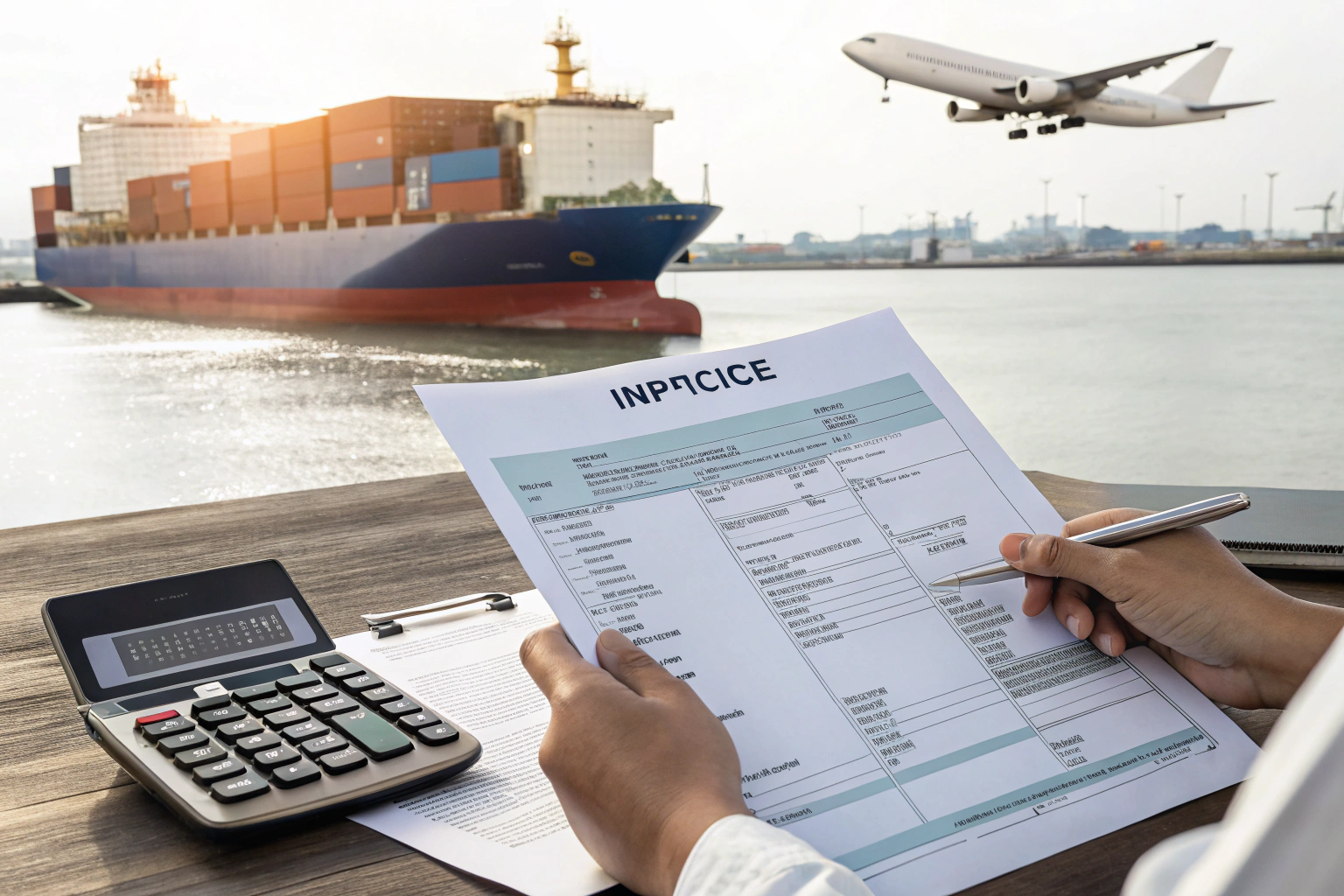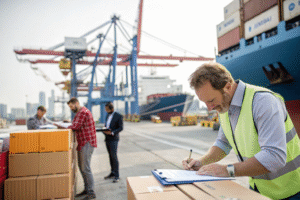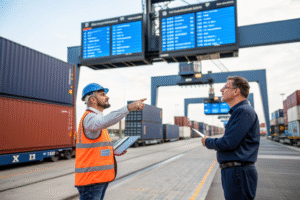When people first get into importing, the first shock isn’t always the freight price—it’s the paperwork. Well, I’ve seen so many smart business owners who budgeted perfectly but still had shipments stuck at the port just because of one missing document. Frustratingly, sometimes it’s a tiny detail, like a wrong product code, that holds up a container worth thousands.
The main documents you’ll need are: commercial invoice, packing list, bill of lading or airway bill, customs entry forms, a customs bond, and depending on your goods, extra certificates or permits.
In my experience, the importers who prepare everything in advance don’t just save time, they also save themselves a lot of stress. Let’s look at them one by one.
Why Does the Commercial Invoice Matter So Much?
The commercial invoice is really the backbone of the whole process.
It tells customs what you’re importing, how much it’s worth, where it came from, and who bought it.
I once had a client who simply wrote “goods” on his invoice. Customs didn’t like that at all. The shipment sat for five days until the document was corrected. From my observation, being specific—like “500 pairs of leather shoes, HS Code 640351”—avoids these painful delays.
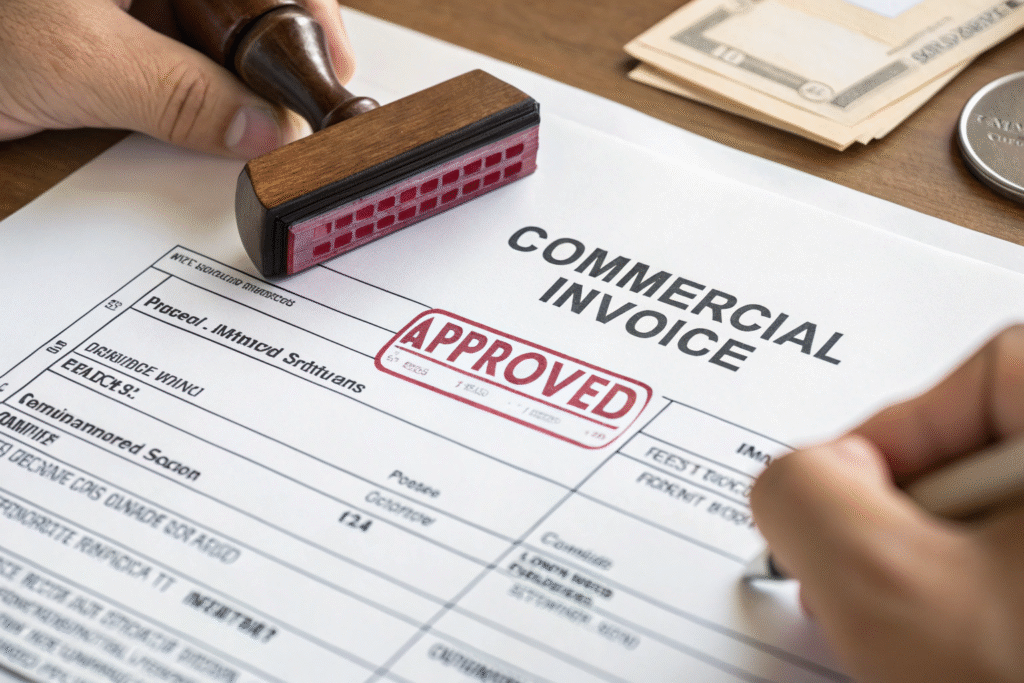
What Needs to Be on It?
According to CBP, it should include seller and buyer names, full product description, quantity, value, and country of origin.
What If Something’s Wrong?
If values are misdeclared or descriptions are vague, customs might fine you, or worse, hold your cargo. Honestly, it’s always easier to fix before shipping than after.
What Role Does the Packing List Really Play?
Some importers don’t take the packing list seriously, but customs officers do.
It shows what’s inside every carton—weight, dimensions, and how many boxes are in the shipment.
In my experience, whenever the invoice and packing list don’t match, customs gets suspicious. I had a client with “1,000 units” listed on the invoice but “980” on the packing list. Customs thought it might be misdeclared cargo and stopped the shipment.

What Should Be Included?
Exporter and importer details, shipment date, container number, and a full itemized breakdown. Templates are easy to find on sites like Export.gov.
Do Small Mistakes Matter?
Surprisingly, yes. Even typos can trigger inspections. Always double-check that the packing list mirrors the invoice exactly.
Why Is the Bill of Lading Essential?
I often describe the bill of lading (B/L) as the “key” to your cargo.
It’s a contract, a receipt, and proof of ownership all in one. Without it, you can’t claim your goods.
In my experience, importers only realize its importance when something goes wrong. One client once had his company name spelled wrong on the B/L. He couldn’t get the cargo released until it was corrected. That delay added another week to his schedule.
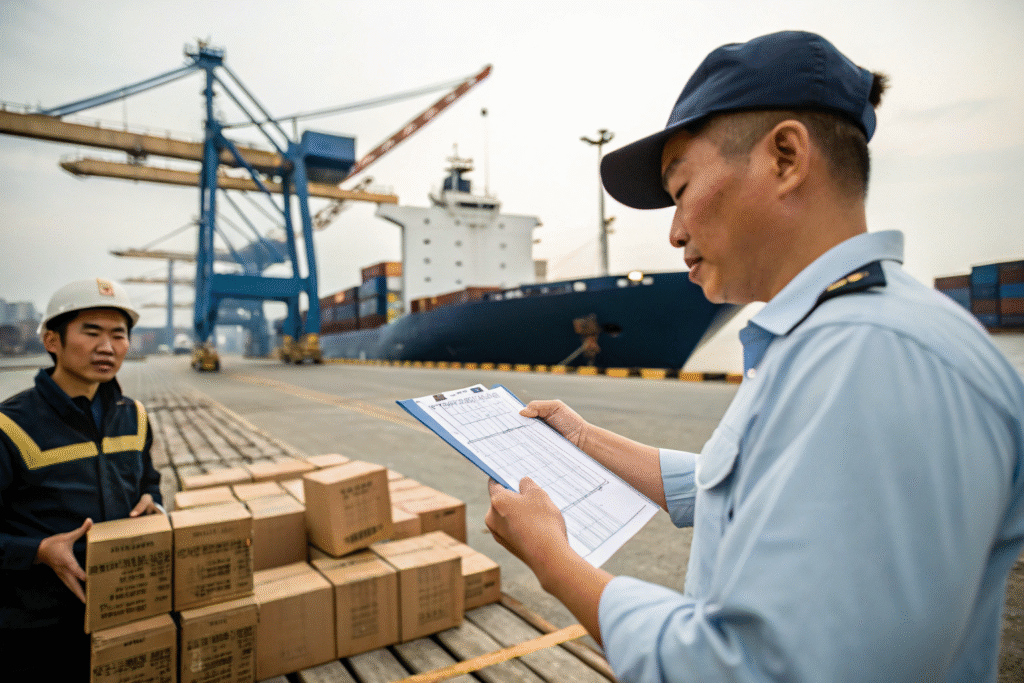
What Types Are There?
You’ll find ocean bills of lading, airway bills, and express releases. Carriers like Maersk or COSCO issue them depending on the shipment type.
What Problems Happen Most Often?
Usually, wrong consignee details or missing signatures. And frustratingly, even small mistakes can hold everything up.
What Other Customs Forms Do You Need?
Beyond the big three (invoice, packing list, and bill of lading), customs has its own required paperwork.
You’ll need the entry form (CBP Form 3461), the entry summary (Form 7501), and a customs bond to guarantee duties are paid.
I’ve noticed many first-time importers forget about the bond. Without one, customs won’t even release the shipment.
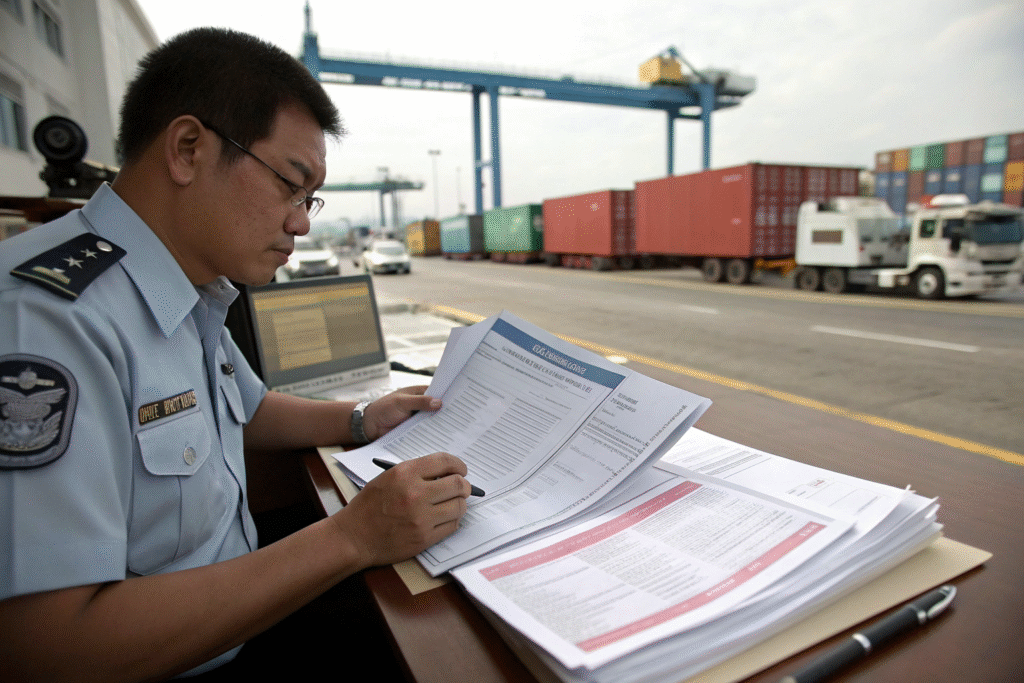
Do Special Goods Need Extra Papers?
Yes. If you’re importing food, medicine, or electronics, you may need permits from agencies like the FDA or FCC. For example, one of my clients importing LED lighting had to get FCC clearance before his shipment was allowed through.
Are Certificates Always Required?
Not for everything, but products like children’s toys, chemicals, or medical devices nearly always need compliance certificates. It’s best to check early on with CBP or your freight forwarder.
Conclusion
So, what documents do you really need to import from China to the USA? At minimum: a commercial invoice, packing list, and bill of lading. Then add customs entry forms, a bond, and sometimes special certificates or permits.
As someone who’s guided many shipments through this process, I can tell you most delays aren’t caused by ships or planes—they’re caused by missing or wrong documents. Frustratingly, it’s usually something small. But if you prepare everything carefully, importing doesn’t have to be a nightmare. Actually, it can go quite smoothly.
